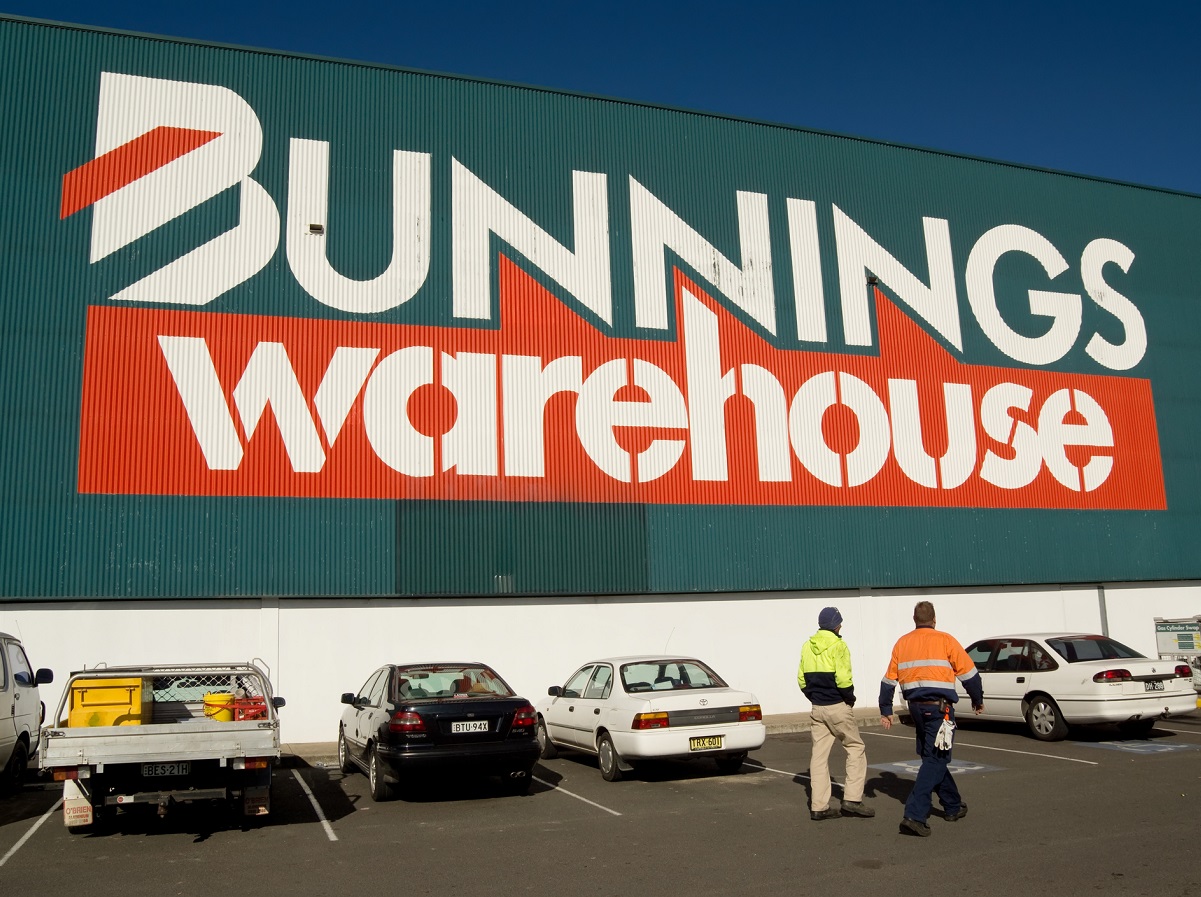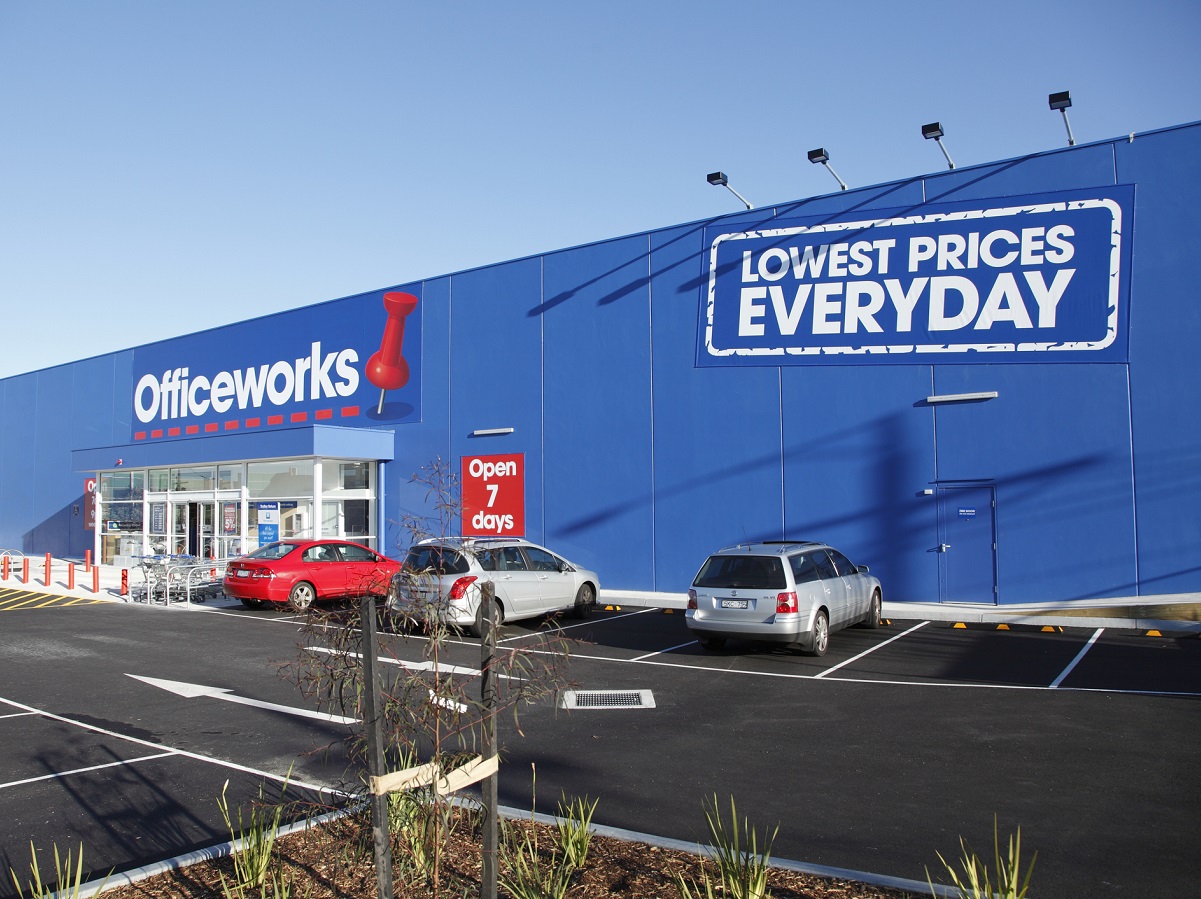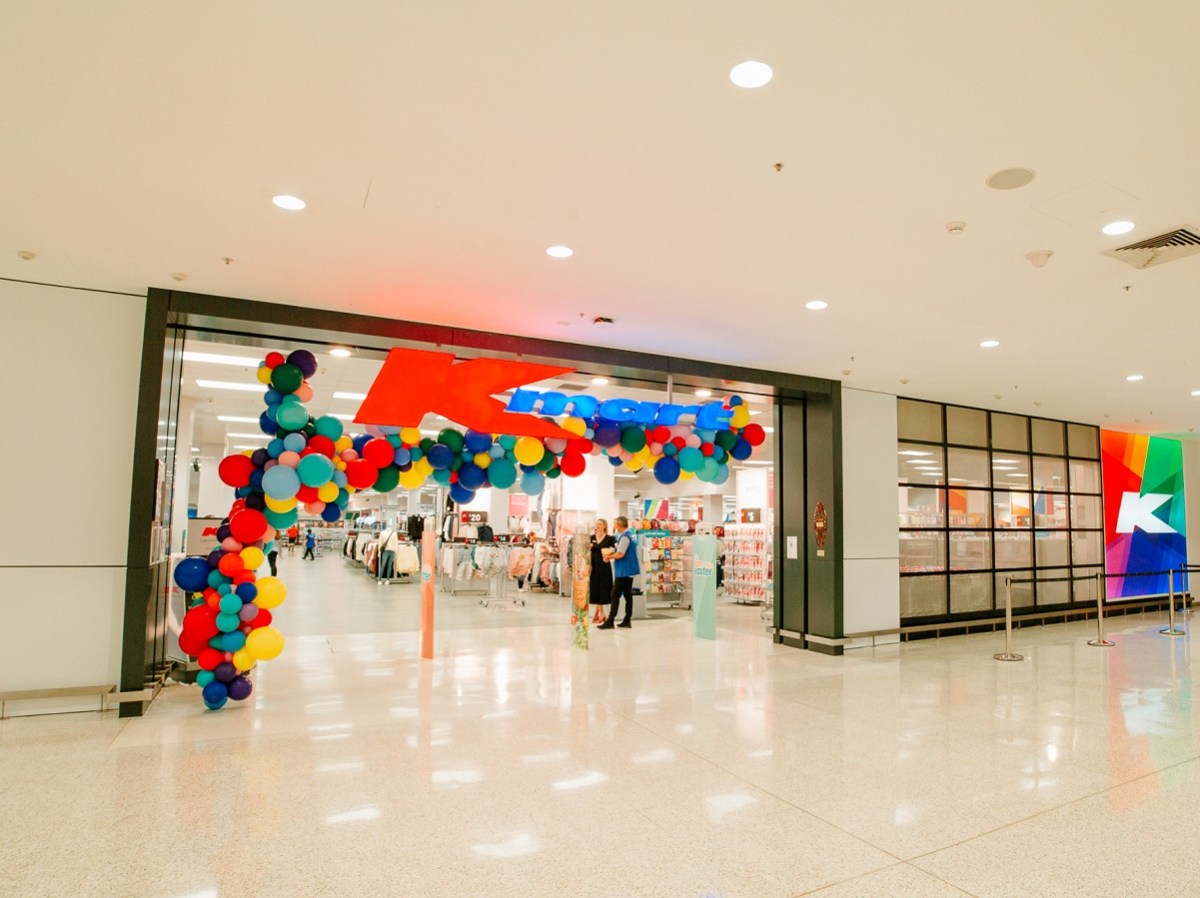Wesfarmers has recorded a 40.2% increase in net profit after tax (NPAT) to $2.38 billion for the year to 30 June, 2021, driven by strong sales and earnings growth from Kmart Group, Bunnings and Officeworks.
Kmart Group revenue increased 8.3% to $9.98 million with earnings of $634 million including significant items associated with changes to the Kmart and Target store networks.
Earnings growth was driven by higher sales, lower clearance costs and improvement in cost of doing business. This was partially offset by higher operational costs associated with online fulfilment and ongoing investment in technology in Kmart.
Both businesses experienced solid sales growth in home, active and kids categories, which was partially offset by lower demand for some apparel products.
Online penetration for Kmart and Target was 7.8% and 15.1% respectively supported by the introduction of contactless Click & Collect, same day delivery options in some areas, as well as an expanded fulfilment network.
During the year, 31 large format Target stores were converted to Kmart stores and 55 Target Country stores converted to K hub small format stores. The initial performance of converted stores is exceeding expectations with positive customer feedback and strong uplifts in transaction volumes and sales. Target’s lease liability has also been reduced by around one-third.
Post-tax significant items of $41 million ($59 million pre-tax) relating to Target store closure and conversion costs were well below initial expectations of $120 to $140 million due to better than expected trading performances.
Catch’s gross transaction value grew 41% for the year, although it moderated in the second half, reflecting the rapid shift to online channels in the prior corresponding year. Earnings were also impacted by investment in technology, marketing and fulfilment capacity to support long-term growth, as well as enhancements to its subscription program.

Bunnings revenue increased 12.5% to $16.87 million with earnings up 19.7%. Total store sales increased 12.4% for the year with growth recorded across all major trading regions and product categories with outdoor living sales particularly strong.
Online penetration increased to 2.3% as digital engagement with consumer and trade customers continued to increase.
During the year, Bunnings refreshed thousands of products, introduced new showroom experiences and delivered a new retail website. For trade customers, Bunnings introduced a new trade desk format, enhanced its PowerPass app and opened a new format Adelaide Tools store.
Bunnings opened 16 new stores and closed 10 stores during FY21. Six Bunnings warehouses, three smaller format stores and two trade centres are currently under construction and due to be completed in the first half of FY22.

Officeworks revenue increased 8.7% to $3.02 billion with earnings up 7.6% to $212 million, supported by strong sales growth, despite some margin pressure from continued investment in price, change in sales mix and higher supply chain costs.
Officeworks launched a new Print and Create website and Geeks2U subscription program, while further developing its data and digital capabilities to provide more timely, personalised and engaging communication with customers. Online penetration including Click & Collect increased to 35.2%.
During the year, Officeworks upgraded 68 stores and opened three new stores in Queensland, South Australia and Western Australia.
Trading update for FY22
Since the start of FY22, the group’s retail divisions have been affected by store closures and restricted trading in New South Wales and Victoria.
Combined Kmart and Target sales for the financial year to date have dropped 14.3% with almost 50% of stores closed due to lockdowns, coupled with the permanent closure of 13 Target stores and 45 Target Country stores as part of the planned network changes. Bunnings sales have declined 4.7% on the prior corresponding period.
Officeworks sales have experienced a slight 1.5% decrease driven by the impact of elevated sales in the prior corresponding period when customers were establishing spaces to work and learn at home.
Looking ahead, Wesfarmers expects ongoing disruptions to supply chains as well as global supply constraints from some products and inputs are expected to create additional costs and impact stock availability in some categories.

